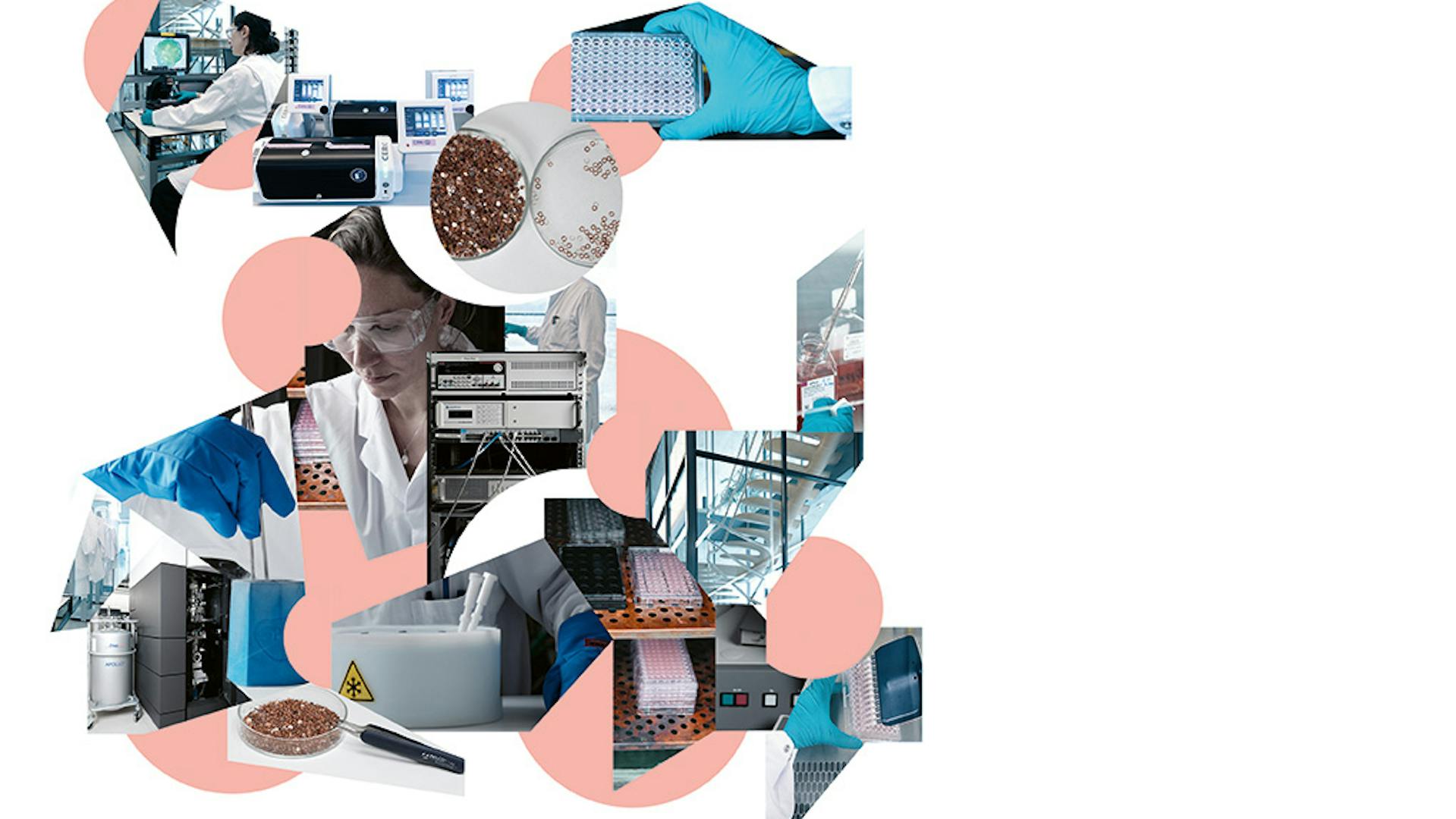
Synthesizing a compound is just an initial step. Newly minted compounds must be scrutinized using a wide breadth of powerful tools, such as NMR imaging.
 Table of contents
Table of contents Old drug, new tricks
Old drug, new tricks Fast-forward to the clinic
Fast-forward to the clinic Revolutionizing drug discovery
Revolutionizing drug discoveryPublished on 05/12/2022
In the history of medicine, it is rare to find drugs that operate in a completely new way. But this is what a serendipitous finding about an old drug revealed several years ago. Since then, drug researchers around the world have been racing to develop new drugs using this strategy – an endeavor which a team of researchers at Novartis may be among the first to accomplish with one of their most recent immuno-oncology drug candidates.
This investigational small-molecule drug operates by sending a disease-triggering protein, named Helios, to the cell’s garbage disposal system, where it is consequently destroyed. This strategy, called targeted protein degradation, was proposed back in the late 1990s and has since been accelerated at Novartis when Jay Bradner, President of the Novartis Institutes for BioMedical Research (NIBR), joined the company in 2016.
The process could be revolutionary because it offers the possibility of specifically eliminating (through degradation) any protein linked to a disease. This includes a multitude of previously undruggable proteins – biomolecules that have been impervious to drug discovery efforts to date. Furthermore, it offers a path to fundamentally rewrite the playbook on drug discovery.
Using chemistry to understand biology
“The whole promise of chemical biology is that we’re not afraid to tackle the undruggable,” says Ulrich Schopfer, who leads Chemical Biology and Therapeutics at NIBR in Basel, Switzerland. “We drill into the molecular details of biology and human disease to discover new targeting concepts and drug leads.”
As part of the chemical biology approach, a whole string of specialized scientists are working together to create small molecules that are designed to help them learn more about and control protein activities.
Structural biologists use methods like X-ray crystallography and cryo-EM – roughly comparable to super powerful microscopes – to help unveil the shape of these proteins. Medicinal chemists, meanwhile, design a variety of molecules that bind in different ways until they find the best fit –and possibly the starting point for drug optimization.
While many drug discovery efforts focus on molecules that shut proteins off by blocking their binding pockets, much like a key that fits into a keyhole, the relatively new strategy of targeted protein degradation requires a more sophisticated approach.
Instead of one, the small chemical molecules need to bind to two proteins, i.e., the disease-triggering protein that researchers want to degrade and the protein that will get the removal process started.













